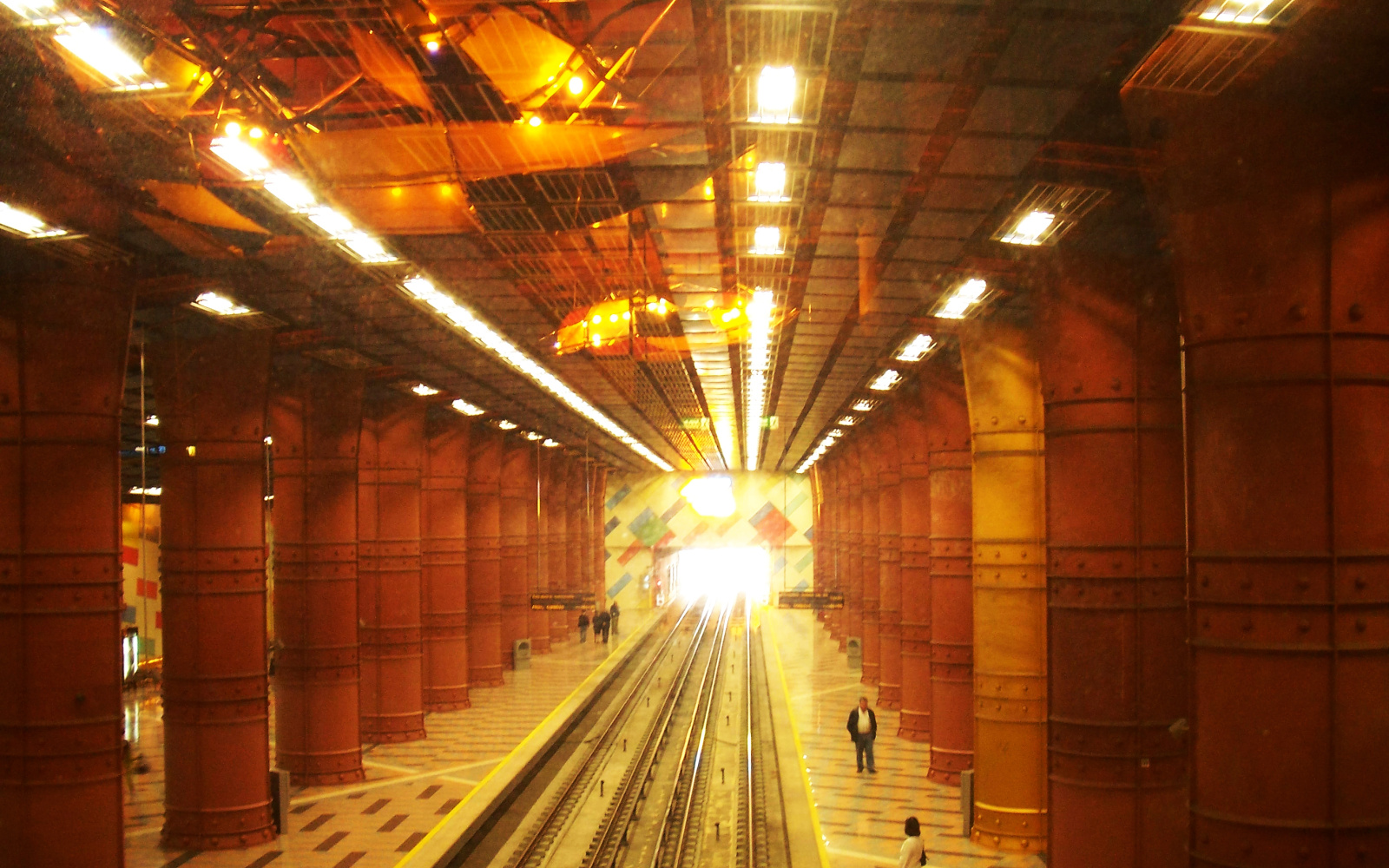Idis Hartmann
The Bullet-Time Effect in The Matrix from a Systemic Perspective
The bullet-time effect in The Matrix (The Wachowskis, 1999), created by John Gaeta, shows an event in slow motion while the camera appears to move around the action in a circle at a higher speed. As a combination of conventional camerawork and the digital image it has become an iconic example for the computer-generated image in film. It created a whole new perspective and a novel structure of time and space in the moving image. The panoramic turn of a virtual camera around the scene demonstrated a perspective that is wholly arbitrary from human vision. The bullet-time effect thus offers the spectator an omniscient view of the action, a God`s eye view, which refers to the power of the virtual image to make everything »visible«. It addresses the question of mastery over the virtual image and its relation to the actual or the real. Whereas in the early years of computer-generated images the discourse on the simulacrum and the hyperreal resulted in the idea of a lack of control over it, the bullet-time effect suggests, I would argue, a renewed mastery over the virtual image. In my paper I will link the discussion of the bullet-time effect to artistic and theoretical works on the second-order observer such as installations by Peter Weibel in the framework of systems theory.
Idis Hartmann (*1983 in Ulm) studied law and art history at the University of Tübingen as well as art theory and film studies at the University of Sydney, Australia. From 2010 to 2013 she worked as curatorial assistant and in the publication department at the ZKM| Museum of Contemporary Art, Karlsruhe. From 2013 to 2015 she was scientific assistant of Peter Weibel at the ZKM | Center for Art and Media Karlsruhe. She worked as curatorial assistant of the artistic director Peter Weibel at the lichtsicht 5 Projection-Biennale in Bad Rothenfelde 2015/2016. In 2016/2017, she teaches at the Department of Art History at the University of Tübingen. She is currently working on her PhD thesis on Models of Complexity. On the Relationship Between Systems and Installations.
